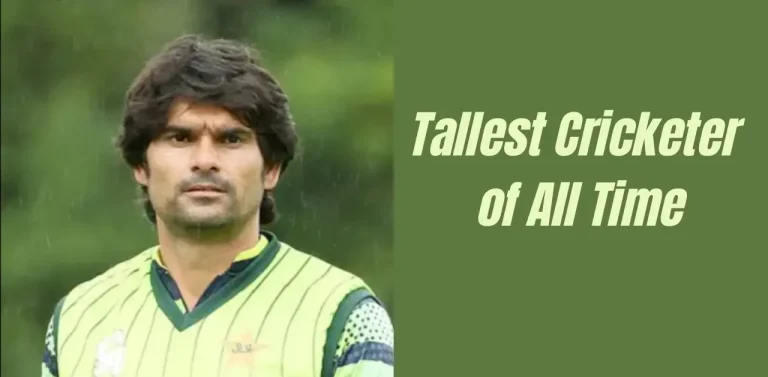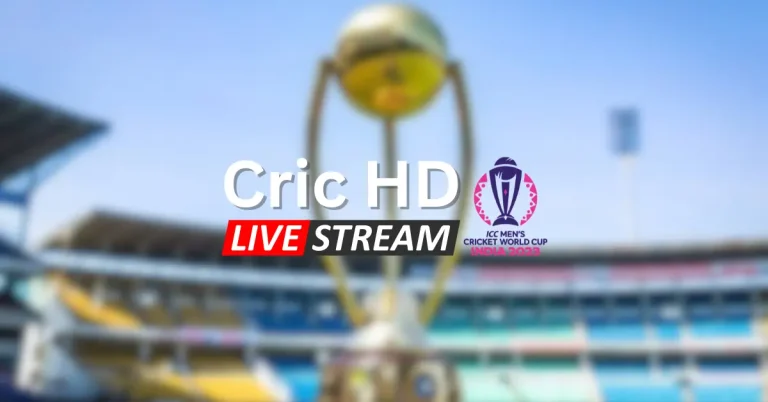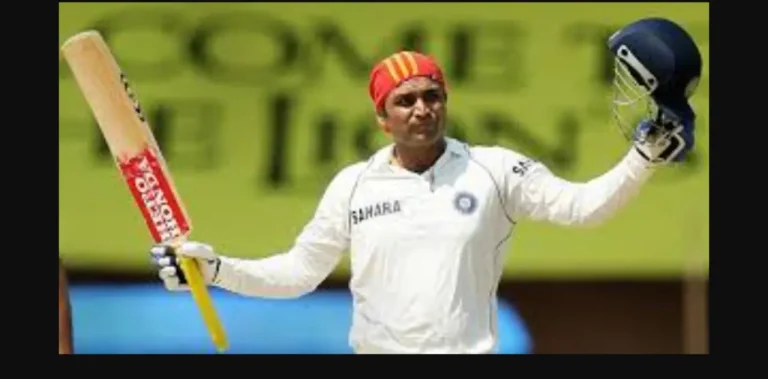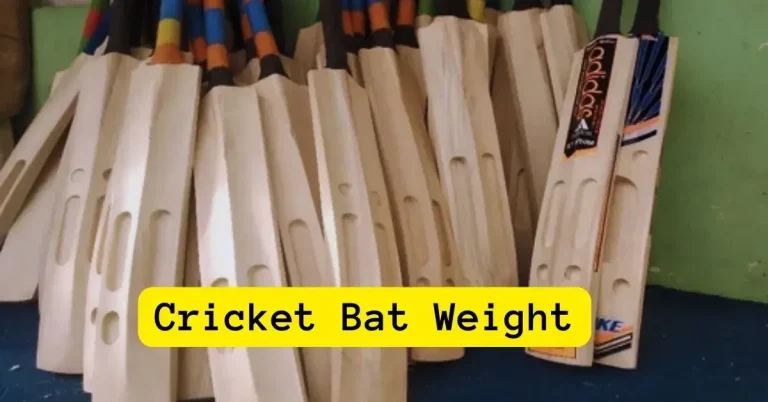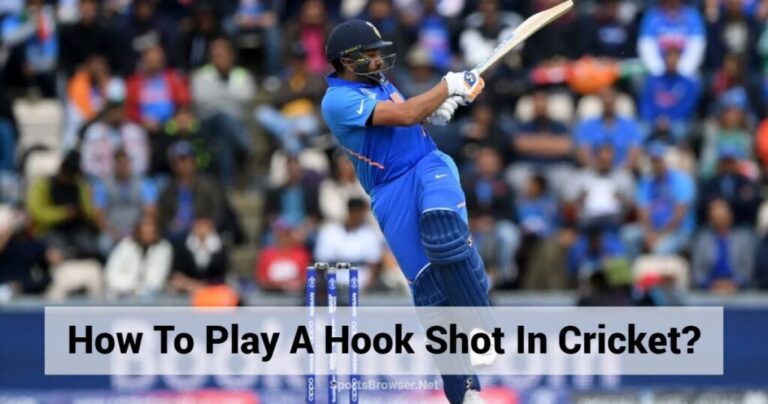Most ODI Wickets In Cricket: Top 20 Bowlers In ODI Cricket
| Player | Country | Span | Wkt | Mat | Runs | BBI | 5 Wkts |
| M Muralitharam | Srilanka | 1993-2011 | 534 | 350 | 12326 | 7/30 | 10 |
| Wasim Akram | Pakistan | 1984-2003 | 502 | 356 | 11812 | 5/15 | 6 |
| Waqar Younis | Pakistan | 1989-2023 | 416 | 262 | 9919 | 7/36 | 13 |
| Chaminda Vaas | Srilanka | 1994-2008 | 400 | 322 | 11014 | 8/19 | 4 |
| Shahid Afridi | Pakistan | 1996-2015 | 395 | 398 | 13632 | 7/12 | 9 |
| SM Pollock | South Africa | 1996-2008 | 393 | 303 | 9631 | 6/35 | 5 |
| GD McGrath | Australia | 1993-2007 | 381 | 250 | 8391 | 7/15 | 7 |
| B Lee | Australia | 2000-2012 | 380 | 221 | 8877 | 5/22 | 9 |
| SL Malinga | Srilanka | 2004-2019 | 338 | 226 | 9760 | 6/38 | 8 |
| A Kumble | India | 1990-2007 | 337 | 271 | 10412 | 6/12 | 2 |
| ST Jayasuriya | Srilanka | 1989-2011 | 323 | 445 | 11871 | 6/29 | 4 |
| Shakib Al Hasan | Bangladesh | 2006-2023 | 317 | 247 | 9360 | 5/29 | 4 |
| J Srinath | India | 1991-2003 | 315 | 229 | 8847 | 5/23 | 3 |
| DL Vettori | New Zealand | 1997-2015 | 305 | 295 | 9674 | 5/7 | 2 |
| SK Warne | Australia | 1993-2005 | 293 | 194 | 7541 | 5/33 | 1 |
| Saqlain Mushtaq | Pakistan | 1995-2003 | 288 | 169 | 6275 | 5/20 | 6 |
| AB Agarkar | India | 1998-2007 | 288 | 191 | 8021 | 6/42 | 2 |
| Z Khan | India | 2000-2012 | 282 | 200 | 8301 | 5/42 | 1 |
| JH Khallis | South Africa | 19996-2014 | 273 | 328 | 8680 | 5/30 | 2 |
| AA Donald | South Africa | 1991-2003 | 272 | 164 | 5926 | 6/23 | 2 |
Historical Context of ODI Bowling Records
Moreover, the evolution of One Day International (ODI) bowling, starting in the 1970s, reflects the changing dynamics of cricket. Initially dominated by fast bowlers like Dennis Lillee and Michael Holding, the early ODIs were characterized by pace and bounce. But, The 1980s and 1990s saw a shift with the rise of spinners and all-rounders, adding diversity and strategic depth to the game. Legends like Wasim Akram and Muttiah Muralitharan made significant impacts during this period.
Most Importantly, From the 2000s onwards, the focus shifted to specialist ODI bowlers and innovative strategies, influenced by the introduction of powerplays and the athletic demands of T20 cricket. For instance, Record-breakers like Muralitharan and new talents like Brett Lee and Lasith Malinga brought unique styles, adapting to the evolving demands of ODI cricket.
Strategies for Aspiring ODI Bowlers
- Build a strong foundation through regular practice of these core skills.
- Focus on fundamental skills like line, length, and consistent delivery.
- Use these variations to keep batsmen guessing and off-balance.
- Assess pitch conditions and weather factors to understand their impact on the ball.
- Cultivate mental toughness to handle pressure situations. Understand the game’s flow and batsmen’s psychology for strategic decision-making.
- Enhance fielding skills to support bowling efforts.
- Study the strengths and weaknesses of different batsmen.
- Watch game footage and understand batsmen’s tendencies for better bowling planning.
- Observe and learn from experienced bowlers.
- Seek feedback from coaches and analyze personal performances for improvement.
- Embrace the team effort aspect of bowling in ODIs.
- Communicate effectively with the captain and teammates to devise and adjust strategies.
- Be flexible and quickly adapt to the match’s demands.
- Skillfully switch between attacking for wickets and bowling defensively to control the run rate.
Comparison with Other Formats (Test, T20)
Furthermore, ODI bowling requires versatility, blending Test cricket’s endurance and skill with T20’s aggression and innovation. ODIs, limited to 50 overs per side, demand adaptability in pace and spin, particularly during different game phases like powerplays and death overs.
Additionally, Test cricket, spanning five days without over limits, emphasizes patience and sustained pressure for bowlers. Here, Long spells and adapting to evolving pitch conditions are crucial, with fast bowlers focusing on seam and swing and spinners becoming more significant as the pitch wears.
Additionally, T20 bowling in the 20-over format demands aggression and innovative strategies, like varied pace and deliveries, to curb quick scoring. However, It involves higher risks of conceding runs but offers greater wicket-taking chances due to batsmen’s aggressive play.
Impact of Bowling Conditions on Wicket-Taking
Pitch Conditions
– Change from fast to spin-friendly, affecting bowler strategy.
– Spinners benefit as pitches wear in longer games.
Weather Conditions
– Humidity boosts swing for fast bowlers.
– Overcast favors swing; sunny suits spinners.
Wind Factor
– Influences swing and seam, requiring line and length adjustments.
Ground Size and Shape
– Larger grounds help bowlers; smaller ones favor batsmen.
Atmospheric Pressure and Altitude
– Affects ball speed and trajectory at higher altitudes.
Lighting in Day-Night Matches
– Transition from day to night can aid seamers.
Ball Condition
– New balls swing more; old balls help spinners and reverse swing.
Dew Factor
– Dew makes the ball slippery, reducing grip and effectiveness.
Related Posts
Types of Cricket: Test, ODI, T20, County
Best ODI Bowling Figures: Best Bowling Records
With 534 wickets in total, Sri Lankan spinner Muttiah Muralitharan holds the record for most ODI wicket-takers.
The three players who have taken all ten wickets in the innings are Jim Laker, Anil Kumble, and Ajaz Patel.
In the last over of a one-day match, Australian club cricket player Gareth Morgan grabs six wickets to steal the win.
When a batting team is “all out” or “bowled out,” it is termed as such. For instance, since each team in most games consists of 11 players, a side must take 10 wickets to be eliminated. This rule will not apply if one or more batters are unable to bat due to illness or injury.
In the ICC ODI World Cup 2023 semifinal, Indian speed bowler Mohammed Shami made history by taking seven wickets against New Zealand.


